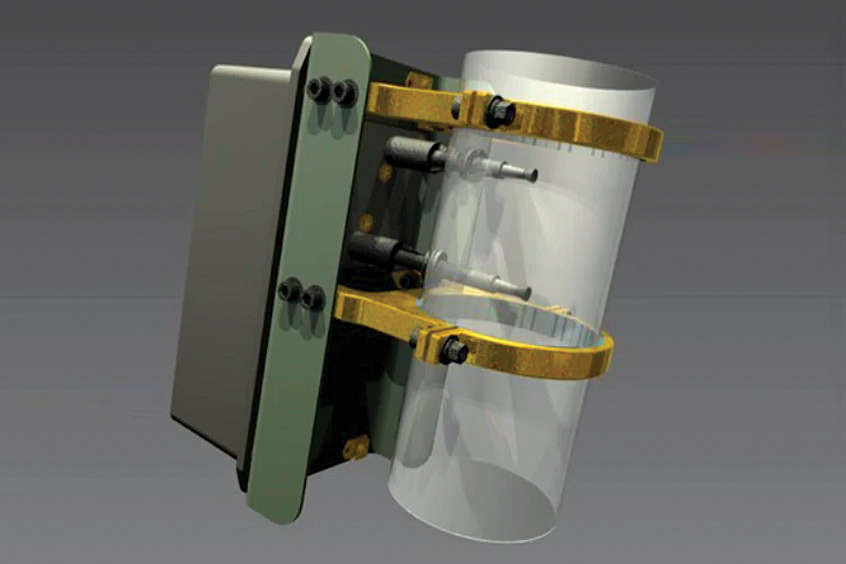ACE 2026 - The home of global charter.
 The bimonthly news publication for aviation professionals.
The bimonthly news publication for aviation professionals.

Duncan Aviation's three main facilities and its satellite shops throughout the US are now installing a chemical-free air purification system from Aviation Clean Air (ACA). The company has already installed this component in Gulfstream aircraft, and is now working on certification paths for other makes and models.
Designed to be installed in an aircraft's existing environmental control system, the component is an active air- and surface-purification system. It is an active as opposed to passive air-filtration system that works only when air passes through it. The ACA system improves air quality throughout the aircraft and, more importantly, kills harmful pathogens and removes odours and allergens.
Because it's not a static air filter, the system actively kills viral, bacterial and fungal pathogens such as those that cause the common cold, flu (swine, avian, etc), MRSA (methicillin-resistant Staphylococcus aureus), C. diff (clostridium difficile), E. coli (Escherichia coli), pneumonia, polio and mould. The system has been tested and proven to kill the original coronavirus that caused SARS (Severe Acute Respiratory Syndrome) as well.
In addition to pathogens, the ACA component also neutralises potentially harmful gasses caused by fuel emissions, other VOCs (volatile organic compounds) and offensive odours caused by cooking or cleaning, cigarette and cigar smoke, stagnant air and lavatories. Pet odours are also neutralised. The system will also reduce the static electricity in aircraft that is caused by the low relative humidity of the cabin air.
“The science behind the ACA ionisation process can seem complex as it happens on a molecular level,” says Duncan Aviation's senior avionics sales rep Steve Elofson. “In layman's terms, pathogens and odours are often airborne and eventually land on surfaces within an aircraft interior. The ACA component, in a process involving cold plasma, causes a chemical reaction that changes the positive and negative ions, severing hydrogen bonds on the cell's surface. Without these bonds, the pathogen will not be able to mutate or reproduce and will quickly die. They are no longer a threat to people, and most smells become odourless.
There are two relatively small components that are installed on the two main cabin air distribution ducts. The components are housed in a black anodised aluminum box and weigh 1.34 pounds (607 grams) each.
“Due to the access required, an ideal time to install this powerful little system is during a scheduled maintenance or refurbishment event,” says Elofson. “But because it takes less than two weeks to install, it can also be done as a stand-alone event.”